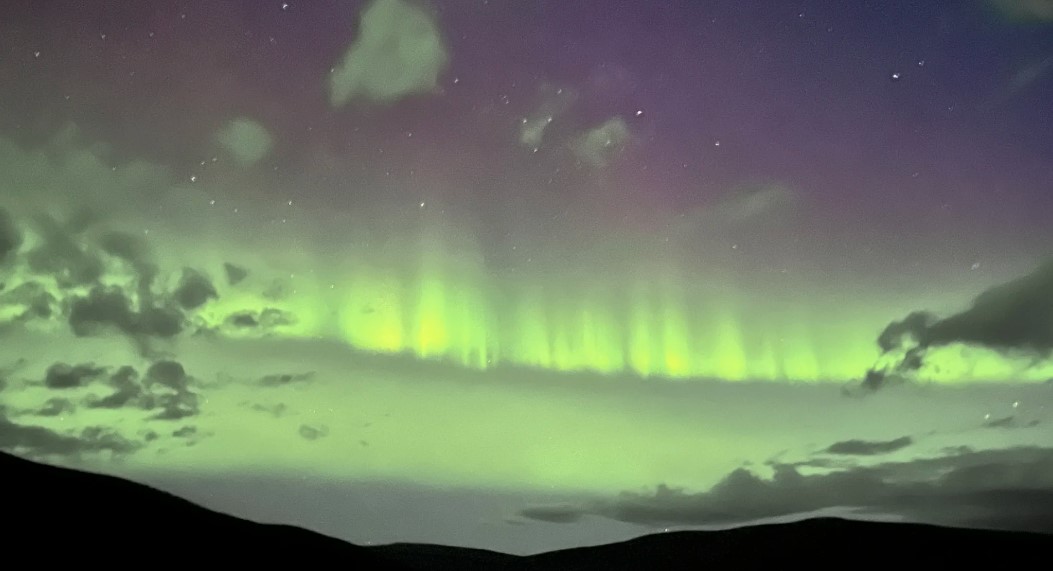For those who missed the northern lights last weekend, there may be more opportunities to see them soon, as experts anticipate further displays shortly.
Last weekend, the aurora borealis, known for its pink and green hues, was visible across the UK, Europe, and the northern hemisphere due to an “extreme” geomagnetic storm, as reported by the US National Oceanic and Atmospheric Administration.
Krista Hammond, a space weather forecaster at the Met Office, explained that this increased visibility is part of a natural cycle.

The sun undergoes an approximately 11-year solar cycle, moving from solar minimum to solar maximum and back. We are currently approaching the solar maximum, a period characterized by a higher number of sunspots, which influence space weather and solar flares.
As we near this solar maximum, space weather events, which cause the auroras, are expected to become more frequent. However, this doesn’t necessarily predict their intensity.
Last weekend’s display was unusual due to multiple solar plasma eruptions that combined as they reached Earth. This interaction with the Earth’s atmosphere and magnetic field produced the auroras, which were visible far south, including throughout the UK.
While the frequency of such events is likely to increase, predicting their visibility at lower latitudes remains challenging. The northern lights were spotted in various locations, including Whitley Bay, Essex, Cambridgeshire, Wokingham, Suffolk, Kent, Hampshire, and Liverpool.

